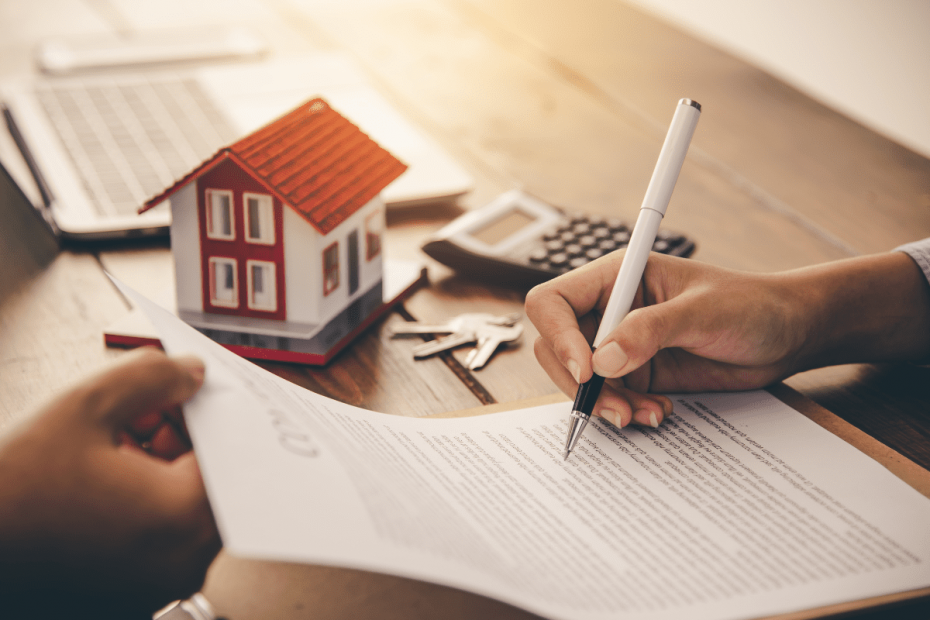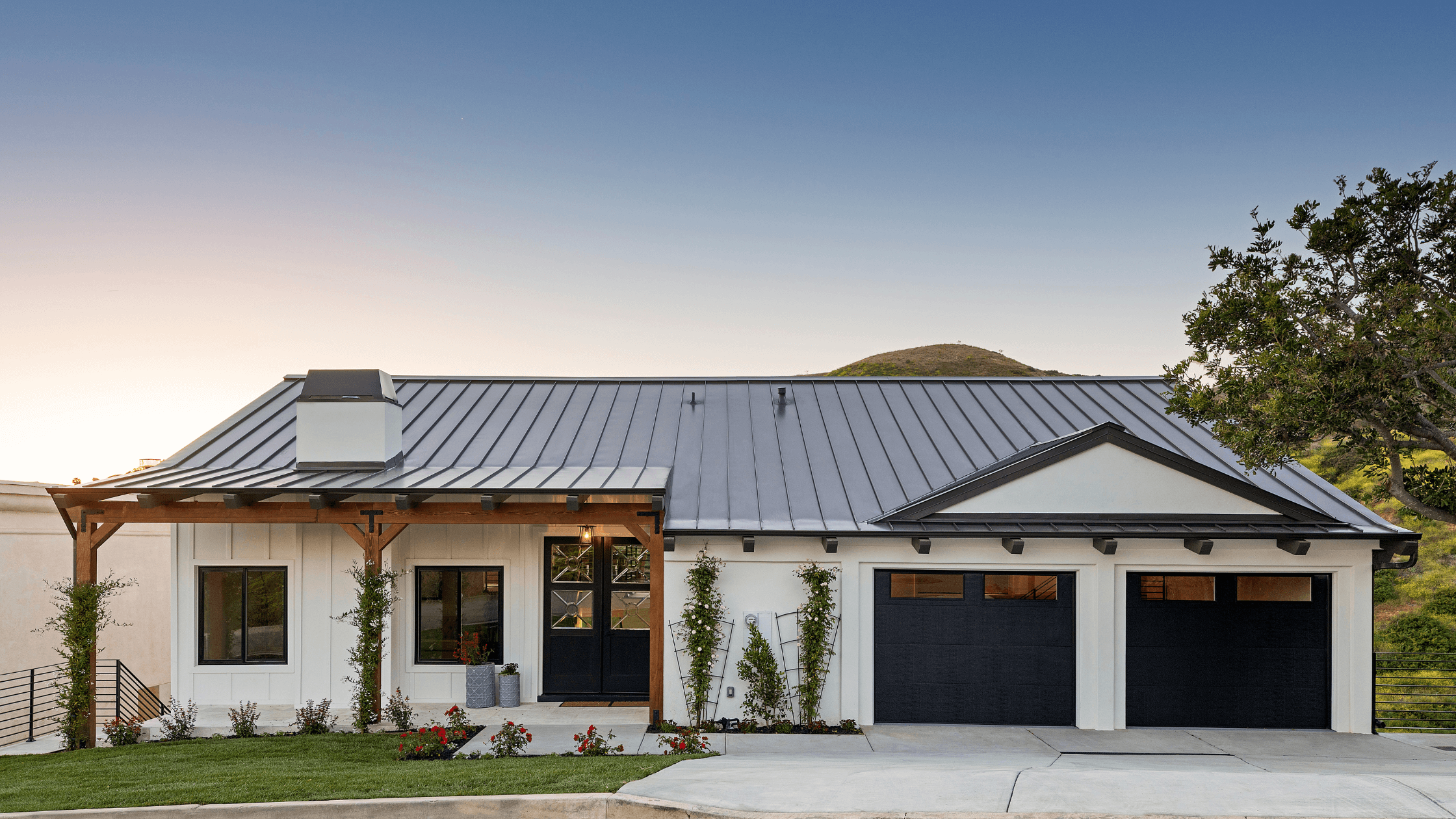Real estate investing is a complex endeavor, and there are a variety of mortgage options for investors to consider. Two popular mortgage choices are 15-year and 30-year mortgages. Each option has advantages, and understanding them can help investors make more informed decisions.
Advantages of a 15-year Mortgage
When it comes to 15-year mortgages, the main advantage is that they typically have lower interest rates than 30-year mortgages. This means that you’ll pay less in overall interest payments over time. Additionally, with a 15-year mortgage, you’ll be able to pay off your loan faster. This means that you’ll be able to start building equity in your property sooner, which can be beneficial if you’re looking to flip the property or use it as a rental.
Advantages of a 30-year Mortgage
On the other hand, 30-year mortgages have their own advantages. The main one being that you’ll have lower monthly payments compared to a 15-year mortgage. This can be beneficial for real estate investors who are looking to keep their cash flow up. Additionally, if you’re looking to purchase a larger property, a 30-year mortgage will allow you to do so without having to make a large down payment.
Financial Considerations Before You Choose
When making big financial decisions, like which home to buy and how to pay for it, it’s always important to have a clear-eyed understanding of all the relevant considerations.
Amortization
When it comes to fixed-rate real estate mortgages, a mortgage payment covers the interest payment and the principal payment. This reduction of debt is called amortization.
The best way to think of amortization is a numbers game. To payoff a balance early, you need to keep reducing the amount owed every month and very quickly move to pay off these debts.
While you might be paying high interest payments, remember to take into account that the money that you are paying on these interest payments will become more than just interest at some point if you are using the debt to eventually earn profits or value over time.
PITI
The PITI of a mortgage represents the general cost of your average month’s mortgage payments. Because it includes the different components (principal, interest, taxes, and insurance) of a monthly mortgage payment, it can help you compare these amounts across various loans more accurately.
For example, if you get an offer for a 30-year fixed rate mortgage with a 4% interest rate, but its monthly payments are much higher than another loan that has a 5% interest rate, then you might have to dig deeper into your financing costs to determine which mortgage option is truly more cost effective.
Net Operating Income
Although this is a convenient rule of thumb, it is important to understand why NOI is a critical figure for real estate investors and what makes it an important metric. NOI is an indication of the potential cash flow from a property, i.e., how much cash the property will generate for you over time. The formula to calculate your NOI is as follows:
NOI = revenue from a property (i.e., rental income) – operating expenses
As an investor, this information enables you to assess your investment and determine if it fits with your overall financial plan. At the same time, knowing your NOI also allows you to consider other income streams from the property, as well as any adjacent properties that might work in tandem with your rental property.
Cashflow After Financing
So why is cash flow after financing so important? In addition to helping you decide whether 15- or 30-year fixed is the better mortgage, it also helps you better estimate your total cost of ownership. This will give you a comprehensive view of what your home loan will actually cost. To calculate for your Cashflow After Financing:
Cashflow After Financing = Net operating income (NOI) – CapEx – financing costs
To calculate the cash flow after financing for your property, take your NOI and subtract your CaPex reserves (the funds you allocate for big ticket repairs and purchases for your property) and then also subtract the financing costs (i.e. interest payments)
The cash flow is then added to the initial upfront cash and financing costs (which are divided by 12 months) to give us our total cash flow before financing.
After dividing this number by 12, we are able to calculate our cash flow after financing, which can then be compared against other metrics such as your standard cash flow.
Set Your Goals First
The decision between a 15-year and 30-year mortgage should depend on your individual situation and goals. If you want to pay off your home or investment as quickly as possible and have the financial ability to handle higher monthly payments, then a 15-year mortgage is a great option. But, if you want to keep your payments lower, then a 30-year loan may be the better choice.
No matter which option you choose, make sure to do your research and get the best deal possible. Talk to a financial expert like GL&L Holdings and compare rates from different lenders to get the best rate available.


